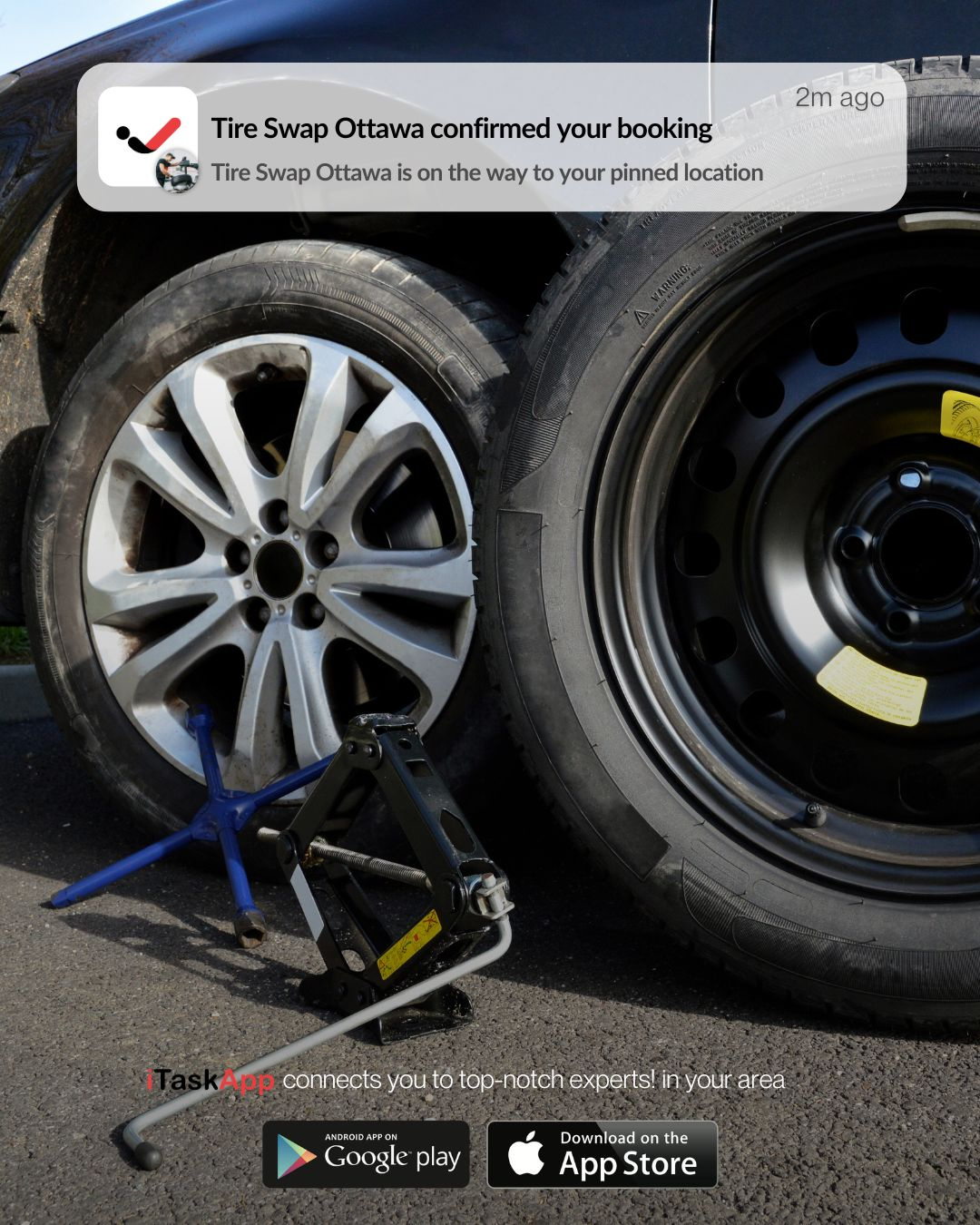Contractor’s Beach Day: Protecting Your Work Van from August’s Sandy Feet
Contractor’s Beach Day: Protecting Your Work Van from August’s Sandy Feet

August means long days, hot sun, and plenty of beach trips. For contractors working near the coast or squeezing in a quick ocean visit between jobs, it’s easy to bring more than memories back into the van. Sand sticks to everything—boots, tools, floor mats, even the seat fabric. Over time, that sand builds up and creates a mess, scratches surfaces, and can even wear down your vehicle’s interior faster. What starts as a quick break turns into a cleaning headache.
Your work van is your mobile office and workshop. Keeping it clean and organized matters—not just for looks, but for protecting your tools, gear, and reputation. Customers notice when a contractor shows up in a beat-up, dirty van. Sand might seem harmless, but over the weeks it turns into grime that affects more than just appearance. Here’s how to protect your work van from the beach’s unwanted souvenirs and keep it ready for business, even during summer’s messiest months.
Why Sand Is a Problem for Work Vans
Sand isn’t just dirt—it’s abrasive. It grinds into surfaces, scratches plastic panels, dulls metal, and wrecks the look of your floors and seats. When it gets into toolboxes, drawers, or between seat cushions, it can be hard to remove completely. If it mixes with moisture—like sweat, seawater, or August humidity—it turns into mud that can stain or corrode.
Contractors often jump in and out of the van between jobs, leaving little time for clean-up. But sand doesn’t need a lot of time to spread. Just one visit to the beach or a job near the shore can bring enough grit to damage your vehicle's interior. Keeping your contractor van clean in summer means being proactive, not reactive.
Use Floor Protection That Works
One of the best ways to stop sand from taking over your van is to use rubber floor mats. These are easy to remove and clean, and they trap sand before it can spread. Look for deep-groove mats made for work vans, especially those that cover full cargo and driver areas.
For added protection, line the cargo area with a heavy-duty cargo liner. These protect the floor from both sand and tool damage. You can also use old rugs or moving blankets temporarily if you don’t have a fitted liner yet. Just be sure to shake them out or replace them often.
Keep Cleaning Tools Within Reach
Every contractor should carry basic cleaning tools in the van. A handheld vacuum, small broom and dustpan, and a microfiber towel can make quick cleanups much easier. Having them within reach helps you tackle the mess before it spreads. Vacuum out floorboards at least once a week during beach season.
For added convenience, mount a small storage bin inside the van for beach day items: flip flops, extra socks, even a bottle of water for rinsing feet. This helps keep sand outside where it belongs.
Use Seat Covers and Organizers
Seats take a beating during summer. Sweat, sand, sunscreen, and saltwater all leave behind grime. Waterproof seat covers help protect your upholstery and are easy to wash. Choose durable ones made for heavy-duty use—not just for looks, but for longevity.
Seatback organizers can also help reduce clutter and stop sand from building up around tools or papers. When your van stays organized, it’s easier to see and clean the mess before it turns into a problem.
Protect Your Tools from Sand Damage
Your tools are just as important as your van. Sand can jam moving parts, dull blades, and even cause electrical issues in power tools. Keep tools in sealed toolboxes or storage bins whenever possible. Don’t toss sandy gear directly into drawers or bins—brush them off first with a towel or compressed air.
Also, avoid laying gear on the van floor if you’ve been to the beach. Use shelves, racks, or wall-mounted hooks to keep tools elevated and away from loose grit.
Create a Beach Exit Routine
Build a habit to clean up before you even get back into the van. Set up a quick exit routine:
Rinse off feet with a portable water jug or foot sprayer.
Use a small brush to knock sand off boots or sandals.
Keep a clean towel in a bin to wipe down gear and skin.
Change out of wet or sandy clothes and store them in a sealed bag.
This routine takes less than five minutes and can save hours of deep cleaning later.
Choose Parking Spots Wisely
Sometimes, where you park makes all the difference. When working or relaxing near the beach, park on pavement if possible. Avoid pulling up on sand or soft ground. Sand stuck in tire treads gets tracked into the van every time you step in. Pavement gives your boots or shoes a chance to shake off the grit before entering.
If you must park on sand, bring a small outdoor mat or towel to place outside the van door. Stand on it while you change shoes or clean off your feet.
Schedule a Weekly Deep Clean
Even with good habits, some sand will sneak through. Plan a full van clean-out at least once a week during beach season. Pull out the floor mats, vacuum every corner, and wipe down all surfaces with damp cloths. Open drawers and tool bins and shake out any hidden grit.
While you’re at it, check your air filters. Sand and dust can clog cabin filters faster during summer. Replacing or cleaning them helps with air flow and reduces odor buildup.
Don’t Let Sand Hurt Your Business
A clean van sends a message. It shows you care about your work and your tools. A van full of sand and grime looks sloppy—and customers notice. Whether you’re a handyman, electrician, plumber, or general contractor, keeping your work van in top shape adds to your professional image.
More importantly, regular cleaning helps protect your investment. Work vans aren’t cheap. Interior damage caused by sand, moisture, and heat can lower resale value and lead to expensive repairs. Simple steps now can keep your van cleaner and on the road longer.
Sand may be part of summer fun, but it doesn’t belong in your contractor van. With the right tools, habits, and a little extra care, you can keep your vehicle looking sharp and running clean all season long. Protect your gear, protect your van, and show up to every job with a ride that works as hard as you do.

